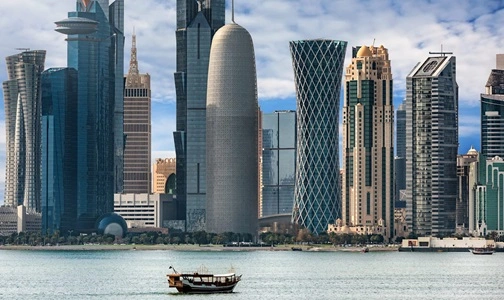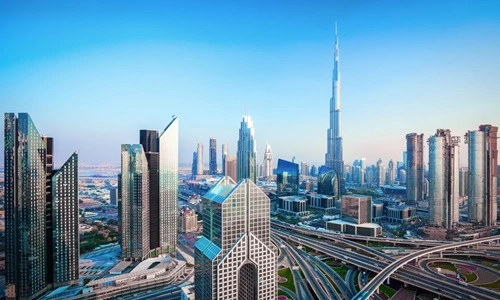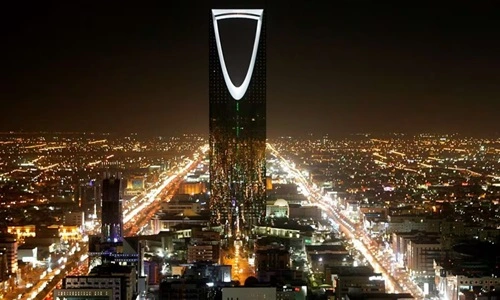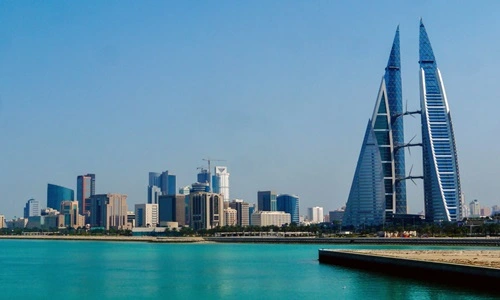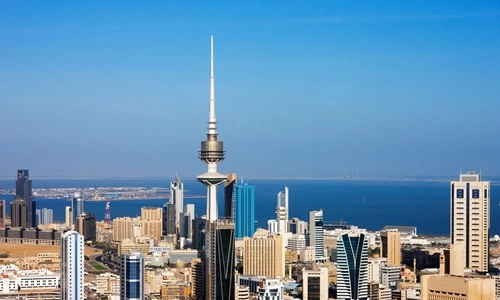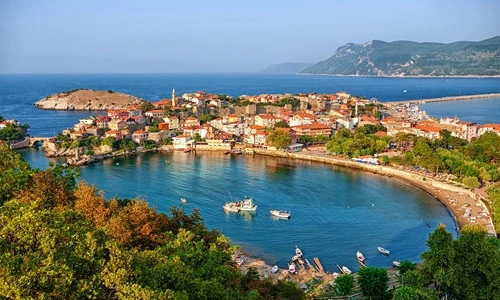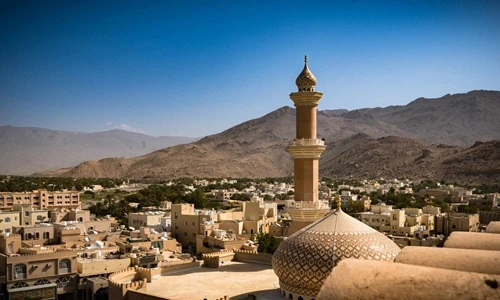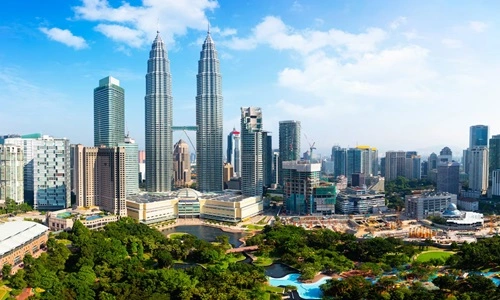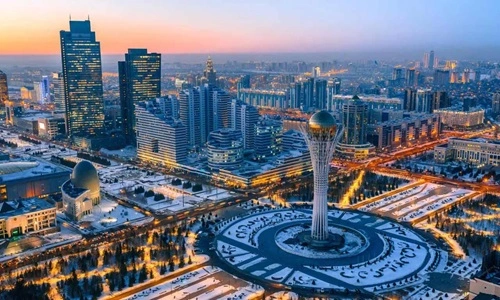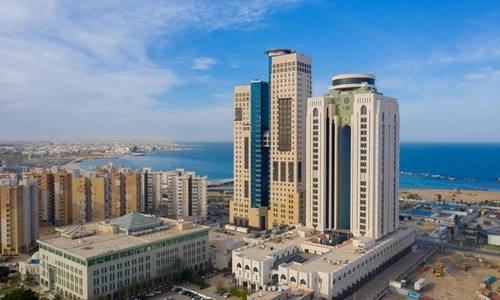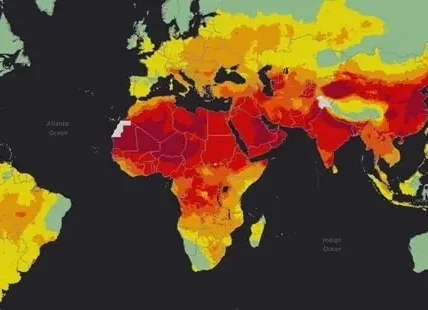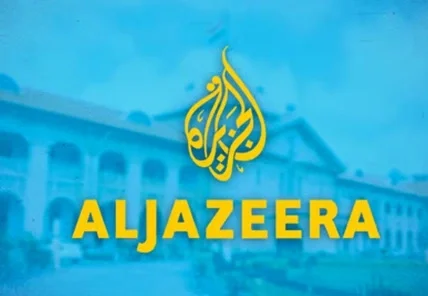Because of the abundant oil and natural gas reserves, many Muslim countries have been able to rank higher in the list of the world’s richest nations. That’s why, nowadays, there is almost an assumption that Muslim countries are among the richest in the world, which is not a wrong assumption, to be honest. However, it is noteworthy that the majority of Muslim countries are diversifying and becoming less reliant on oil and natural gas reserves or business. How? Well, to find that out, you have to keep reading this post about the top 10 richest Muslim countries in the world as of 2024. Alright, here we go now.
1. Qatar
On top of the list, we find Qatar, indeed, a very rich Muslim country, its GDP per capita reaches $118,150 as of 2024. This country, though very small, is very rich, mainly through enormous reserves of natural gas and oil, which led to the production of energy in the world’s leading quantities. Hosting the FIFA World Cup in 2022, Qatar has observed a boom in infrastructure investment and focused attention from all sectors of its economy, be it finance, construction, or services. This move has made Qatar not just wealthy but also a place where development and prosperity are evident.
- Also Read: 10 Most Poor Muslim Countries in the World
2. United Arab Emirates (UAE)
With a GDP per capita of $92,950, the UAE shows how a country can thrive beyond oil. It now has seven emirates, including such popular ones as Dubai and Abu Dhabi, whose giant projects capture the imagination of the whole world. The country’s wealth is from investments in real estate, tourism, aviation, and renewable energy. Its place of location puts it equally as an important trading point linking the East and the West, hence a lot of vibrancy on matters to do with business.
Also Read: 10 Federal Countries In The World
3. Saudi Arabia
The GDP per capita for Saudi Arabia is $71,370 as of 2024, which is recorded as the leading oil-producing country in the world. Today, the kingdom aims to transform perceptions and bring about a change in the economy through the introduction of the Vision 2030 plan. This comes as part of a plan to make Saudi less reliant on oil and improve public services, such as health, education, and tourism, including investments in technology and renewable energy. These are very key steps to shape a new course in the country’s economy.
Also Read: Top 10 Most Populated Muslim Countries in the World
4. Bahrain
Being supported by well-doing finance, the Bahrain economy is underpinned by avant-garde banking and financial policies. Its GDP per head reached $62,750 as of 2024. Though oil and natural gas contribute somewhat to its economy, Bahrain is tending towards heavy industries, banking, and tourism. The liberal trade environment and purview of the post-oil economy reflect the economic progress of Bahrain in the Gulf.
5. Kuwait
Kuwait’s GDP per capita stands at $53,760, pointing to enormous oil reserves in the region, estimated to be at 10% of the world’s total. That means the financial status of Kuwait is equally pegged on to other investments, such as Kuwait Investment Authority, which is the oldest sovereign wealth fund in the world. The country is diversifying its economy under the “New Kuwait” development plan by the year 2035, for the accomplishment of sustainable growth across various sectors other than oil.
Also see: Top 10 Richest Sports Leagues In The World
6. Turkey
As Turkey shows, a sign of a powerful, diversified, and dynamic economy is a GDP per capita of $43,620. What keeps Turkiye’s economy moving? Partly it is due to its prime spot, bridging between Europe and Asia, partly due to robust industrial and farming activities, not forgetting a thriving tourism scene. And yes, part of the country’s economic muscle emanates from a huge and youthful population that feeds into vibrant local markets and workforces. Plus, Turkiye’s push on infrastructure and tech improvements has given its economic growth a nice boost.
7. Oman
The GDP per capita of $40,020 feels fortuned in connection with oil and gas, though not as heavy as some of the neighbors. The country is on a path to diversify, from growth in tourism, shipping, and logistics, to a premier location along the southeast coast of the Arabian Peninsula. This very commitment is being witnessed in Oman, which has embarked on large-scale development of its ports, free zones, and a booming tourism sector to ease off its oil reliance.
Also See: Top 10 Safest Cities In The World
8. Malaysia
Malaysia comes in with a GDP per capita of $39,070, all because of the mix of economies driven by manufacturing, service industries, and natural commodities that include palm oil and rubber. The same attribute seems to spill over into Malaysia, which has an incredible ability to value-add to its manufacturing and is the one largest exporter of tech-related products, including semiconductors and electrical items. Their national vision is to be a developed nation by 2020, with a knowledge-based economy led by technology, biotechnology, and the service sector.
9. Kazakhstan
Kazakhstan, with a GDP per capita of $34,480, ranks as a Central Asian gem. Rich in natural resources, such as oil, gas, and even minerals, this nation truly is doing its best to diversify the economy from just oil into agriculture, finance, and tech under the guidance of its “Kazakhstan 2050 Strategy.” A huge territory and a strategic position on the map make it also the key trade conduit between Asia and Europe.
10. Libya
Despite so many political and economic challenges, the GDP per capita of Libya stands at $26,530. The principle of wealth mainly comes from its huge oil reserves, from which a big chunk of its GDP and exports comes. However, continuous unrest has really played a huge downer in their economic progress and oil production levels. The road to Libya’s wealth and stability lies through national healing and economic reconstruction efforts.
Conclusion
That’s all there is for now. See, it is pretty surprising to see these Muslim countries imprint their name into the list of the richest countries in the world. And from the looks of it, this scene will for sure stay like this for a while, and that’s a good thing.

Brandon is the cheif editor and writer at WorldUnfolds.com. With a passion for storytelling and a keen editorial eye, he crafts engaging content that captivates and enlightens readers worldwide.

